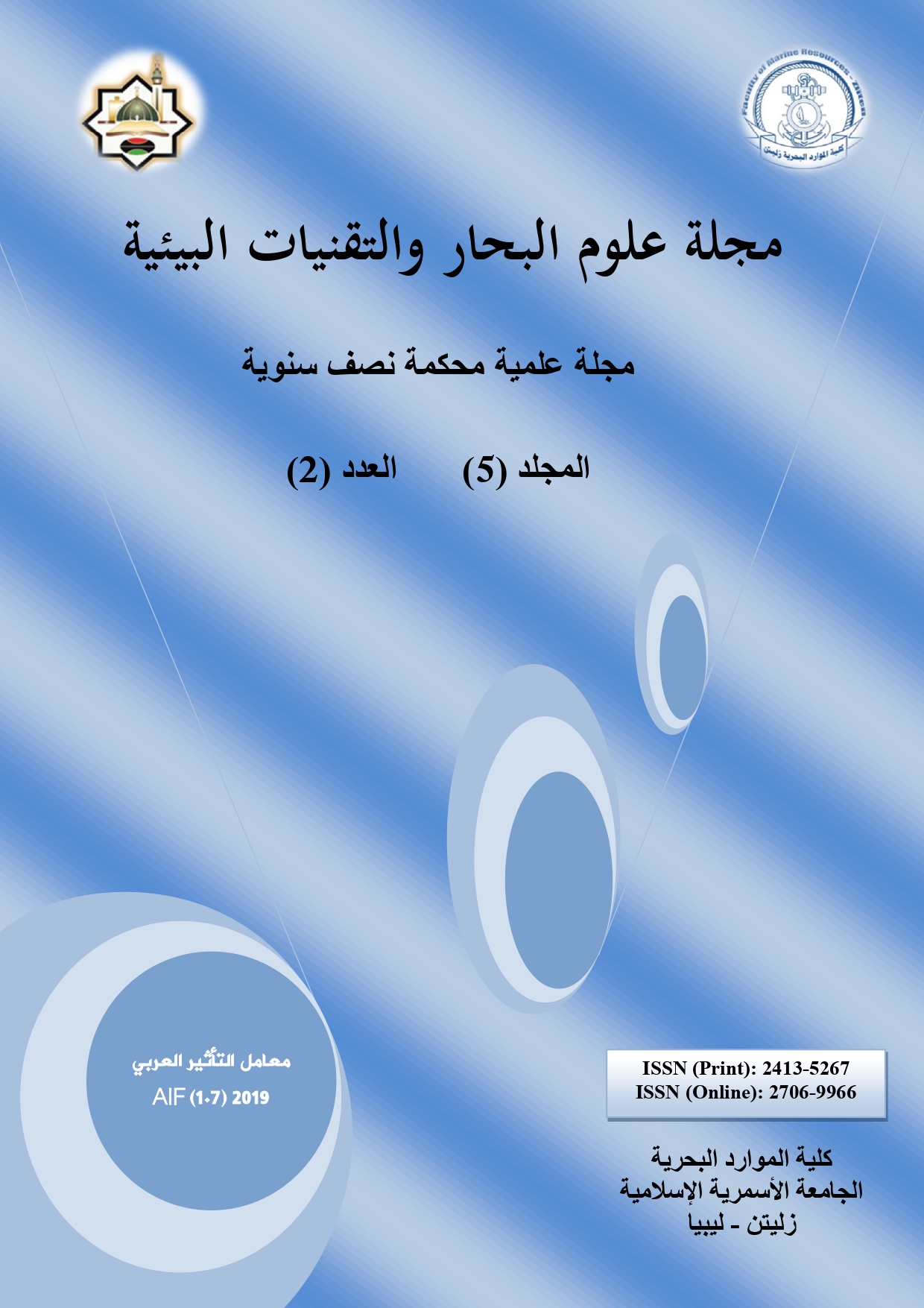تحليل العناصر المحدودة (التفاضلية) لمحرك مغناطيسي ذاتي الدوران باستخدام برنامجي Solidworks و FEMM
DOI:
https://doi.org/10.59743/jmset.v5i2.58الكلمات المفتاحية:
مولد مغناطيسي ذاتي الدوران، مغناطيسات العناصر الأرضية النادرة، المغناطيسات النانويةالملخص
في هذه الأيام تتفاقم المشاكل البيئية وتزداد سوءًا، والمسبب الرئيسي في ذلك هي الغازات المُنبعثة من مصادر الطاقة غير المتجددة مثل الوقود الأحفوري والفحم. لذلك فإن تطوير مصادر الطاقة المتجددة والنظيفة وغير الملوثة للبيئة أصبح طلباً ملحاً في عالمنا اليوم. مصادر الطاقة المجانية مثل طاقة المغناطيس هي من ضمن مصادر الطاقة البديلة التي يمكن تبنيها كبديل لمصادر الطاقة التقليدية والملوثة للبيئة. المولد المغناطيسي هو أداة توفر الطاقة المجانية باستخدام الطاقة المختزنة على نحو ما في المغناطيس الدائم. تم إجراء العديد من الأبحاث في هذا المجال، ولكن لم يتم التركيز في أي منها على المفاضلة ما بين المواد المغناطيسية تحديداً. في عالم اليوم لدينا العديد من المواد المغناطيسية بما في ذلك المواد المغناطيسية النانوية والتي تُستخدم على نطاق واسع في التطبيقات التكنولوجية المختلفة. ومع ذلك من الصعب جداَ تحديد المادة المغناطيسية المثالية لتطبيق ما من بين كل تلك المواد المغناطيسية المتوفرة والمُصنعة بتقنيات مُختلفة بسبب التداخل على نطاق ضيق في على مستوى خواصها. في هذه الدراسة تم تطوير تصميم جديد لمولد مغناطيس ذاتي الدوران حيث تم إجراء عمليات محاكاة مهمة باستخدام برنامجي Solidworks و Finite Element Method Magnetics (FEMM) وذلك من أجل المفاضلة بين المواد المغناطيسية المُدرجة في مكتبة البرنامج من حيث الأداء وإجراء كل الحسابات المطلوبة. أظهرت النتائج أن NdFeB 52 MGOe وهو مغناطيس قوي جدًا مصنوع من سبائك العناصر الأرضية النادرة قد يوفر أداءً مثاليًا يُقدر بحوالي 11,309.734 جول من الشغل المُنجز لكل (خلية محرك) ذات 8 مغناطيسات بحجم 28,696.92 مم3 مُثبتة على قرص قطره 20 سم. إلا أن هذا النوع من المغناطيسات الدائمة والتي تُسمى مغناطيسات النوديوم هي مكلفة للغاية و توريدها متوفر بكميات محدودة. لذلك وُجِدت المواد المغناطيسية النانوية القوية وذات الخواص المغناطيسية المقاربة لخواص مغناطيسات النوديوم لتحل محلها في تطبيقات مختلفة.
المراجع
Baltzis K.B. (2010). The finite element method magnetics (FEMM) freeware package: May it serve as an educational tool in teaching electromagnetics. Journal Education and Information Technologies, 15(1): 19–36.
Furlani E.P. (2001). Permanent magnet and electromechanical devices: materials, analysis, and applications, 2nd edition. Academic press, New York.
Jiles D.C. (1991). Introduction to Magnetism and Magnetic Materials, 2nd ed., CRC press.
Kelly P.J. (2010). Practical Guide to Free-Energy Devices. Available online at: [http://www.free-energy-info.com/PJKbook.pdf].
التنزيلات
منشور
إصدار
القسم
الرخصة
الحقوق الفكرية (c) 2019 مجلة علوم البحار والتقنيات البيئية

هذا العمل مرخص بموجب Creative Commons Attribution 4.0 International License.









